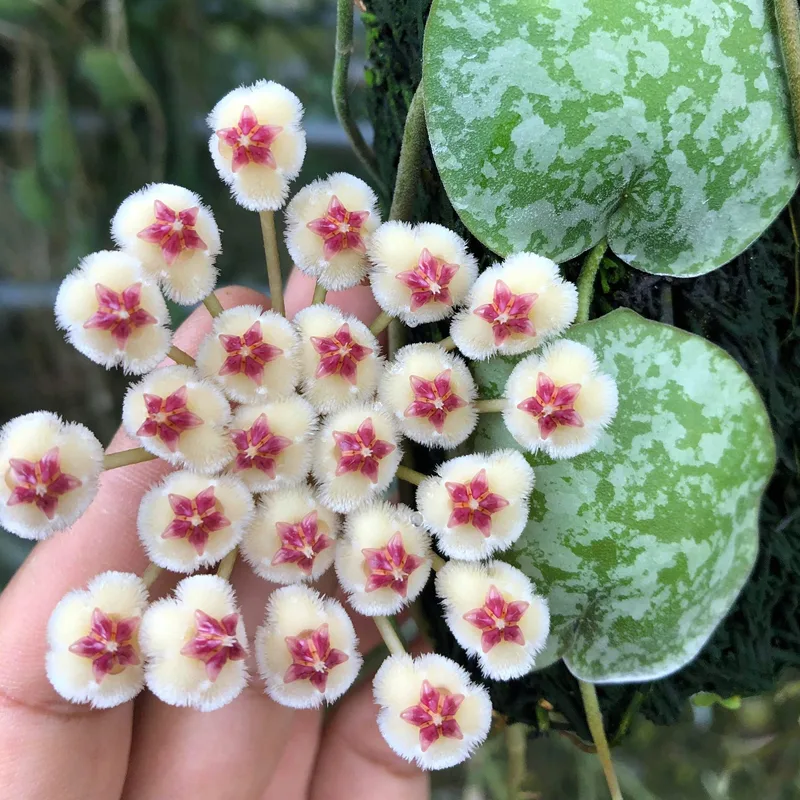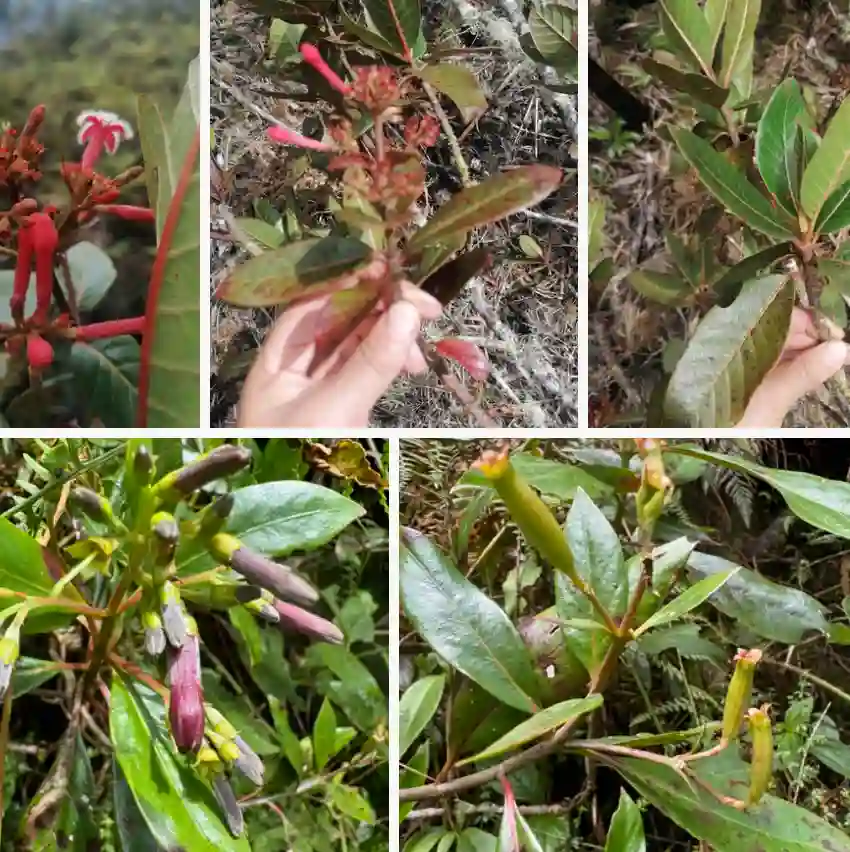FAQs About Croton Alabamensis
When it comes to the fascinating world of plants, Croton Alabamensis stands out for its unique beauty and distinct characteristics. As a plant enthusiast, I’ve had the pleasure of growing and studying this remarkable species. Here’s a comprehensive guide to everything you need to know about Croton Alabamensis.
1123 Species in Genus Croton
What is Croton Alabamensis?
Croton Alabamensis, also known as Alabama Croton, is a species of flowering plant in the Euphorbiaceae family. Native to the southeastern United States, particularly Alabama, this plant is known for its striking foliage. The leaves are often ovate to lance-shaped with a vibrant green color, occasionally featuring yellow or reddish hues. This makes it a popular choice for adding a splash of color to gardens and landscapes.
How to Care for Croton Alabamensis?
Caring for Croton Alabamensis involves understanding its specific needs:
- Light: This plant thrives in bright, indirect light. While it can tolerate some direct sunlight, too much can scorch the leaves. A spot with filtered light or partial shade is ideal.
- Watering: Keep the soil consistently moist but not waterlogged. It’s important to let the top inch of soil dry out before watering again. Overwatering can lead to root rot, so ensure good drainage.
- Soil: A well-draining soil mix is crucial. I recommend using a potting mix designed for tropical plants or creating a mix with peat, perlite, and sand.
- Temperature: Croton Alabamensis prefers warmer temperatures, ideally between 65-75°F (18-24°C). It’s not frost-tolerant, so protect it from cold drafts and sudden temperature drops.
- Humidity: This plant enjoys higher humidity levels. In dry environments, consider misting the leaves or placing a humidifier nearby to maintain the necessary moisture.
How to Propagate Croton Alabamensis?
Propagation of Croton Alabamensis can be done through several methods:
- Cuttings: The most common method is taking stem cuttings. Select healthy, non-flowering stems and cut them just below a node. Dip the cut end in rooting hormone and plant it in a moist, well-draining potting mix. Keep the cutting in a warm, humid environment until roots develop.
- Seeds: Although less common, you can propagate this plant from seeds. Sow seeds in a seed-starting mix and keep them warm and moist until they germinate. Transplant the seedlings once they’re large enough to handle.
What to Plant With Croton Alabamensis?
Croton Alabamensis pairs well with a variety of plants that complement its vibrant foliage:
- Coleus: With its colorful leaves, Coleus makes a great companion. The contrasting colors can enhance the overall visual appeal of your garden.
- Begonias: Their lush foliage and colorful blooms create a nice contrast with Croton Alabamensis.
- Caladiums: The bold patterns of Caladium leaves can add an extra layer of interest to your planting scheme.
Benefits of Growing Croton Alabamensis
- Aesthetic Appeal: The main benefit of growing Croton Alabamensis is its striking appearance. The colorful leaves can brighten up any space, whether in a garden or as a houseplant.
- Low Maintenance: Once you’ve got the conditions right, this plant is relatively easy to care for. It doesn’t require excessive attention, making it a good choice for busy gardeners.
- Air Purification: Like many houseplants, Croton Alabamensis can help improve indoor air quality by filtering out toxins and providing fresh oxygen.
Toxicity of Croton Alabamensis
It’s important to note that Croton Alabamensis is toxic if ingested. The plant contains compounds that can cause gastrointestinal upset and other symptoms in pets and children. Keep it out of reach of pets and small children to avoid any accidental ingestion.
Common Problems with Croton Alabamensis
- Leaf Drop: This can occur if the plant is exposed to sudden temperature changes or if it’s not receiving the right amount of water.
- Pests: Watch out for common pests like spider mites and mealybugs. Regularly inspect the plant and treat infestations promptly with insecticidal soap or neem oil.
- Leaf Burn: Too much direct sunlight can cause leaf burn. Ensure the plant is in a location with appropriate light conditions.
Comparing Croton Alabamensis with Similar Plants
Croton Alabamensis is often confused with other Croton species, such as Croton Petra and Croton Gold Star. Here’s how they compare:
- Croton Petra: Croton Petra has more variegated leaves with a mix of green, yellow, and red. It’s a more common ornamental plant compared to Croton Alabamensis.
- Croton Gold Star: This variety has a similar vibrant appearance but tends to have more yellow and gold tones. It’s less tolerant of cooler temperatures compared to Croton Alabamensis.
In conclusion, Croton Alabamensis is a beautiful and low-maintenance plant that can add a burst of color to your home or garden. With proper care, it can thrive and become a striking focal point in any plant collection. Just remember to keep it away from pets and children due to its toxicity.
If i die, water my plants!



